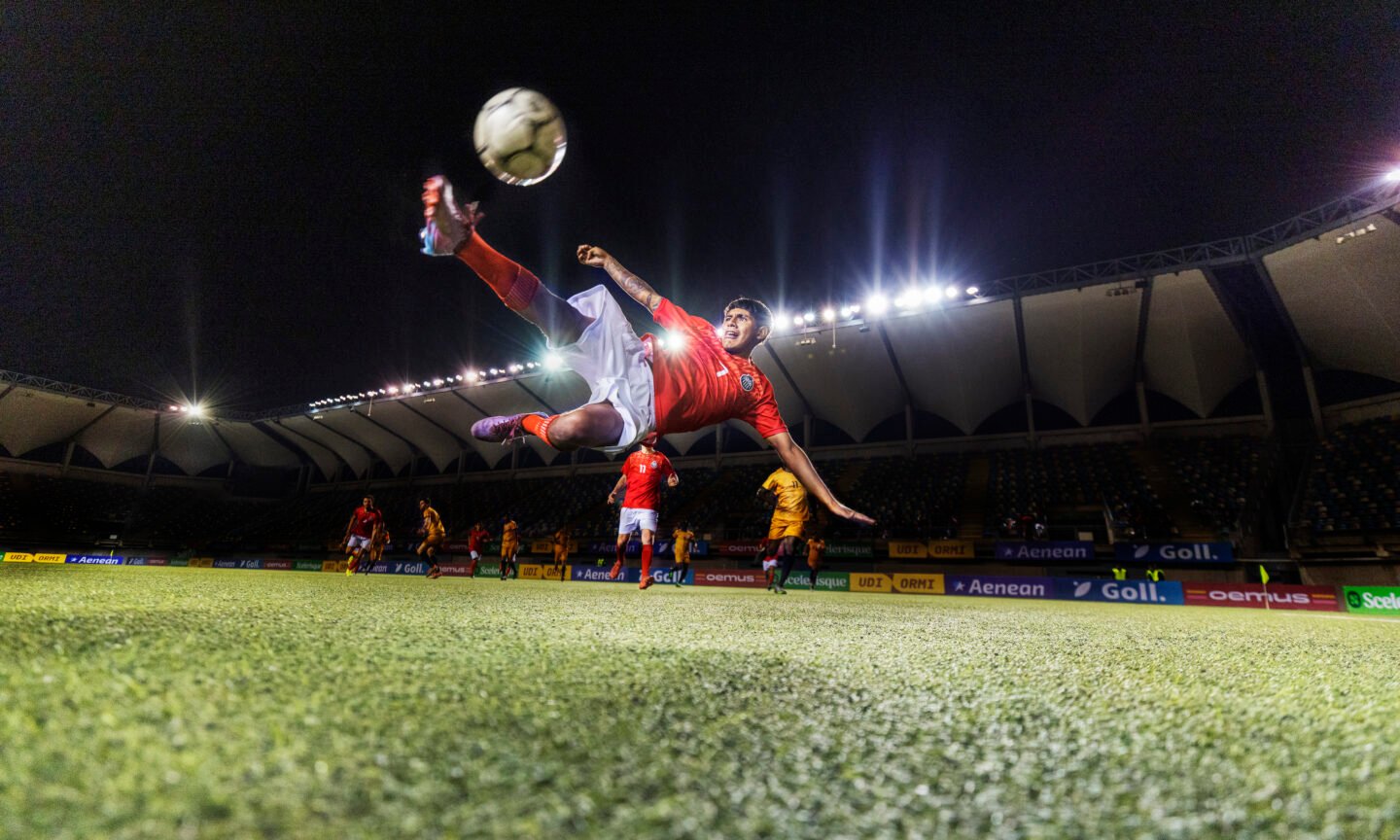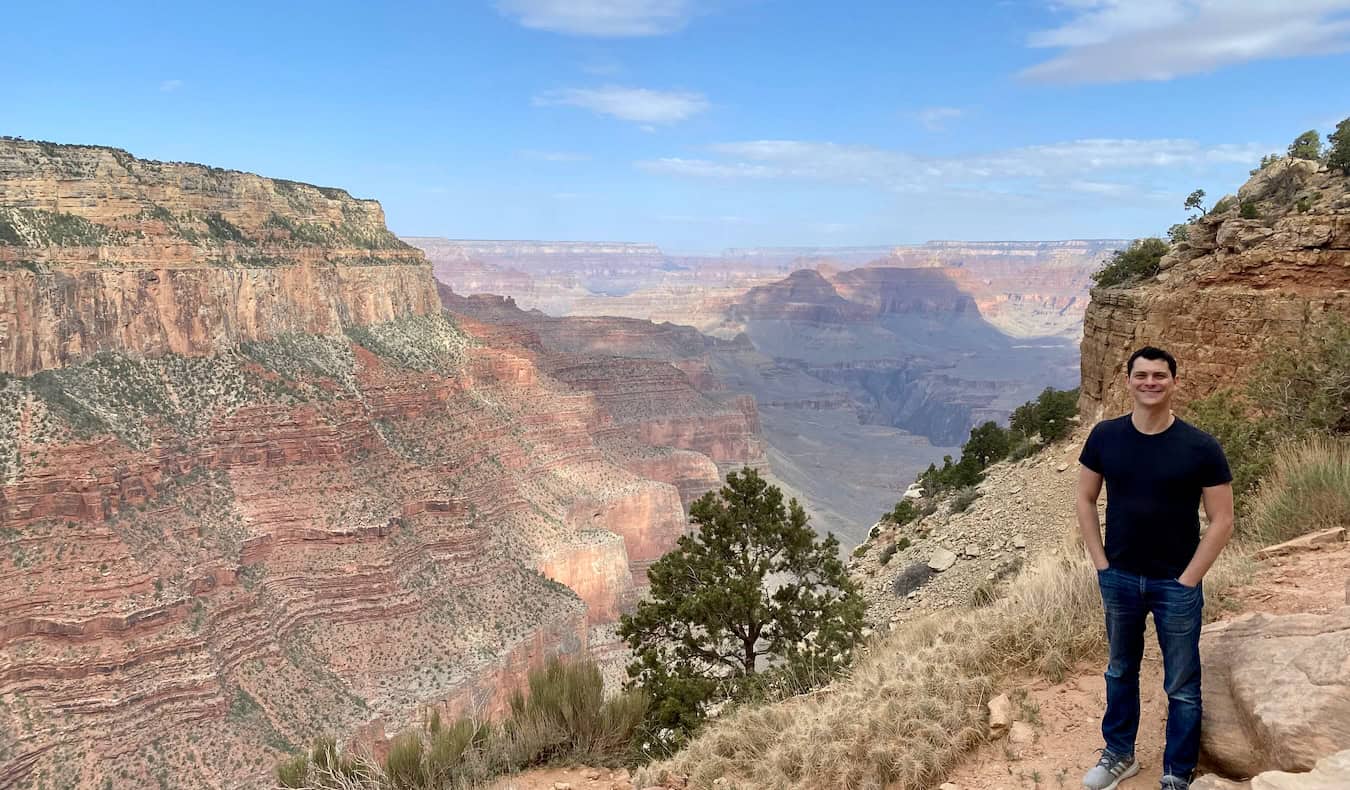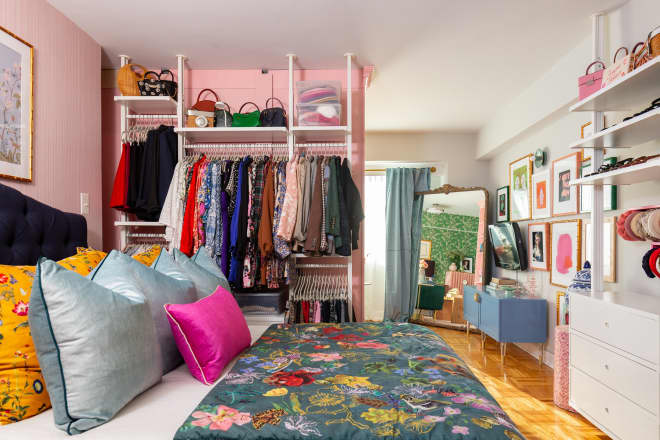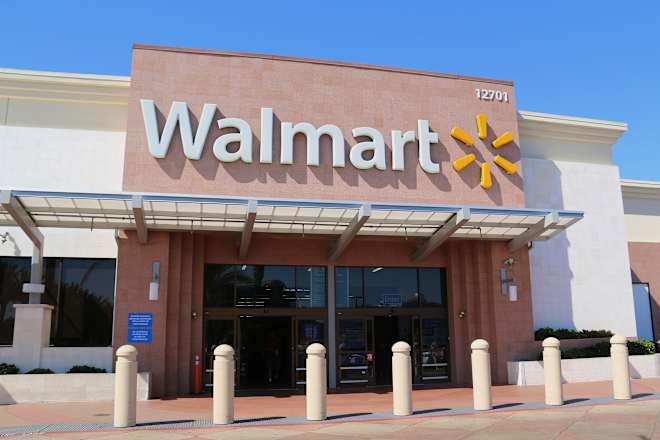Netflix Admitted to Using Generative AI in an Original Series, and I Think I Found It

The writing's been on the wall for a while. Unless you haven't seen a movie for the past decade or more, you know how important VFX has become to the creation of TV shows and movies. Those VFX come at a very high cost, and take a lot of man hours to produce. With generative AI video getting so good that most people have probably already been fooled by it at least once, it was only a matter of time before big studios started incorporating it into their workflows.
Netflix, in fact, just bragged about doing so, months after a show came out and nobody spotted its use of AI. Yep, it seems that AI art is finally starting to become indistinguishable from human-made art, but that doesn't mean the issue is cut-and-dry.
In an earnings call on Thursday, Netflix co-CEO Ted Sarandos discussed how the team behind the streamer's adaptation of Argentinian comic book The Eternaut used AI to speed up its workflow. Discussing a sequence in the show that depicts a building collapsing in Buenos Aires, Sarandos said "That VFX sequence was completed 10 times faster than it could have been with traditional VFX tools and workflows," and elaborated that it "actually is the very first AI final footage to appear on screen in a Netflix original series or film." After seeing it myself (I think), I have thoughts.
The Eternaut is just the beginning
There are two takeaways from Sarandos' statement. First, generative AI is finally making its way into your Netflix shows, and given that Sarandos said The Eternaut's creators "were thrilled with the result," there's likely to be more. Second, going by the use of the word "final," it's almost certainly been used behind-the-scenes in your shows for a while now. It's time to figure out what you think about it.
To be fair, Netflix isn't the first streamer to use AI. Disney+'s Secret Invasion series used pretty noticeable AI art for its credits, and faced immediate pushback for it. But The Eternaut has been streaming since April, and it's telling that nobody really caught on until now.
I'll grant that it's maybe a bit unfair to compare a Marvel production to an adaptation of a classic comic (this original work debuted in the 1950s) from an Argentinian magazine. Fewer eyes simply may have been around to see the AI effects, and Netflix actually cites the show's smaller-scale production as one of the reasons for its use of AI, with Sarandos saying, "the cost of it [doing the effect without AI] just wouldn't have been feasible for a show in that budget."
What's perhaps most concerning is that, even after watching the AI-generated sequence myself, I'm not sure I would have noticed that it was made by AI unless I already knew to look for it.
I think I found the AI in The Eternaut
I'll admit that I haven't watched the entire show from front-to-back in real time, but I did scrub through the episodes multiple times, and I believe the most likely culprits are a few shots of buildings on fire that start at around 15:25 in episode 4. That I was able to pinpoint these might mean that generative AI video still isn't entirely foolproof, but I could also be wrong.
The tells? Well, the obvious one is that these are the only shots I could find that closely resemble what Sarandos described. Again, if I hadn't been told to look for AI, I'm not sure it would have jumped out to me. It's nothing special, but perhaps that's the trick—unlike the trippy AI credits in Secret Invasion, the AI here looks a lot like the handcrafted, low-budget (I say that affectionately) aliens that show up just a few minutes earlier.
But if you know to look for AI, there are still a few other giveaways here. There are no human characters in these scenes (which means no weird hands) and cuts are either quick or subjects are far away and out-of-focus. Essentially, they look like generic, contextless clips that were stitched into the episode with little connective tissue.
But they also don't look like hallucinations. Lifehacker's typical advice for spotting AI footage—slowing down and looking for odd physics or strange body movements—don't really apply here. My colleague Stephen Johnson has mentioned that you can cross-check against social media to see if AI use has been reported on a suspicious video— that may work for a viral video online, but if a production company stays quiet about using AI and keeps the effects subtle, it can be much harder to spot.
How to adapt to AI in your TV shows
All this uncertainty points to a wider problem with how viewers adapt to AI in TV. While Sarandos says this is the first AI effect to hit Netflix, the company has previously been accused of using AI in the true crime documentary What Jennifer Did. The company denied these claims, but that these arguments are even being had means audiences are starting to be unsure of whether they can trust their eyes—an especially big issue for genres like true crime, and something that would certainly make an AI skeptic like me start to feel paranoid while watching.
But even in a best-case scenario like this—subtle AI use in a fictional work that helps a small-scale operation save some time—I'm still a bit worried. On one hand, Sarandos argues that Netflix is "convinced that AI represents an incredible opportunity to help creators make films and series better, not just cheaper." One could argue that, if you can't spot the difference between AI and handcrafted work, what's the harm? Especially in a low-budget show like this, which might not have been able to achieve these effects otherwise.
On the flipside, apart from the ethical issues with downscaling on VFX artists or using copyrighted materials to train AI, there are still reasons for viewers to be wary. There are the awkward cuts I pointed out earlier, but it's also worth wondering if these effects, which could have been omitted without hurting the story, needed to be there at all.
The Eternaut's comic book art is full of thoughtful, detailed linework, all done with a purpose. When you read it, you know that's what the artist wanted you to see, and every line represents a choice. With an AI clip, details may only be there because that's what the model thinks scenes like that are supposed to look like.
As a detail-oriented viewer, I would hate to spend time trying to figure out why a director framed a shot the way they did, only to find out months later that a computer just spat it out based on a model of other, similar scenes. And while it may start with smaller shows, given how successful this was for Netflix (the show has a 96% rating on Rotten Tomatoes), I'd expect to start seeing it elsewhere soon. Whatever excuses the streamer gives, this isn't something you can ignore.
What's Your Reaction?
 Like
0
Like
0
 Dislike
0
Dislike
0
 Love
0
Love
0
 Funny
0
Funny
0
 Angry
0
Angry
0
 Sad
0
Sad
0
 Wow
0
Wow
0








































